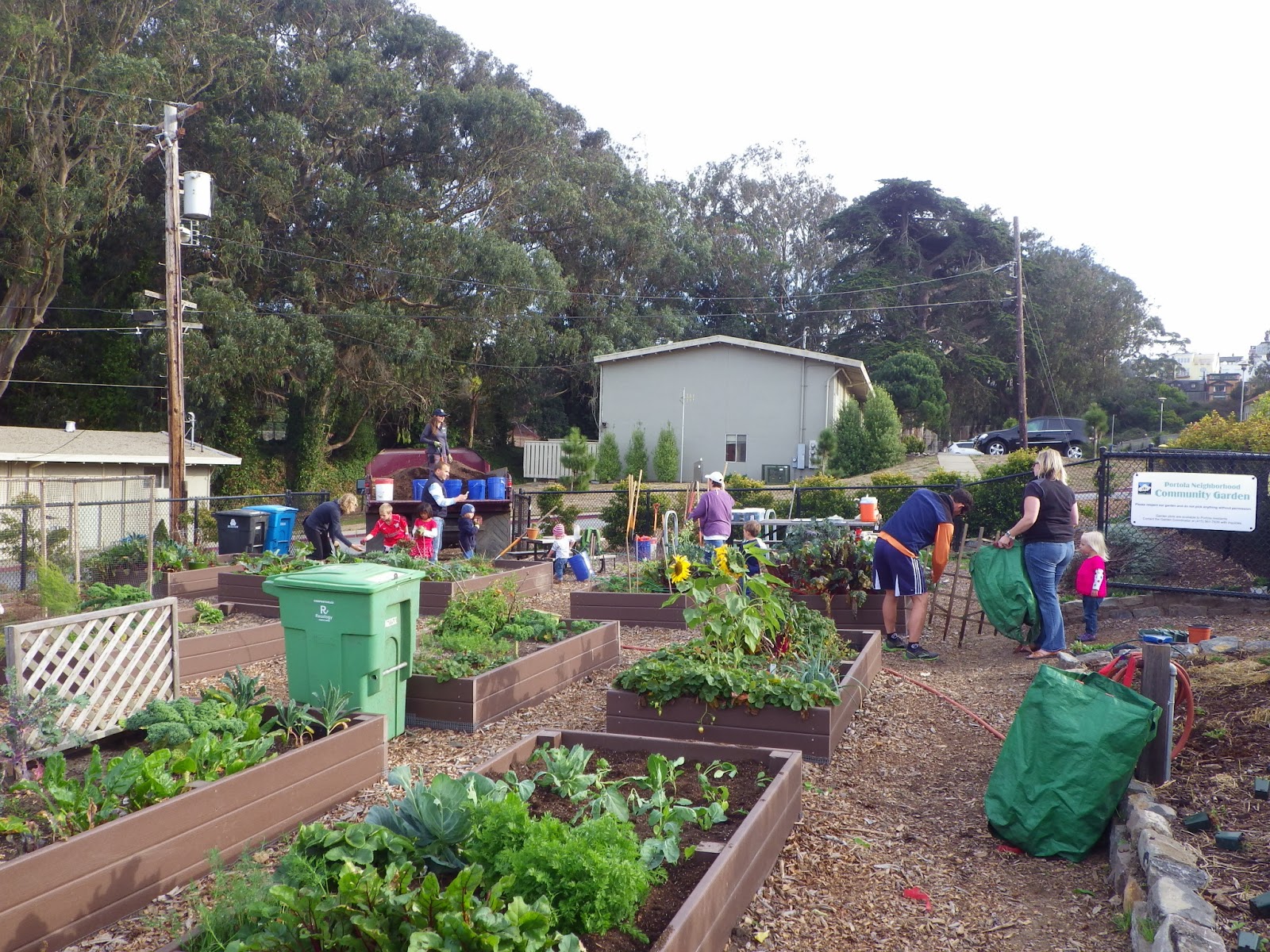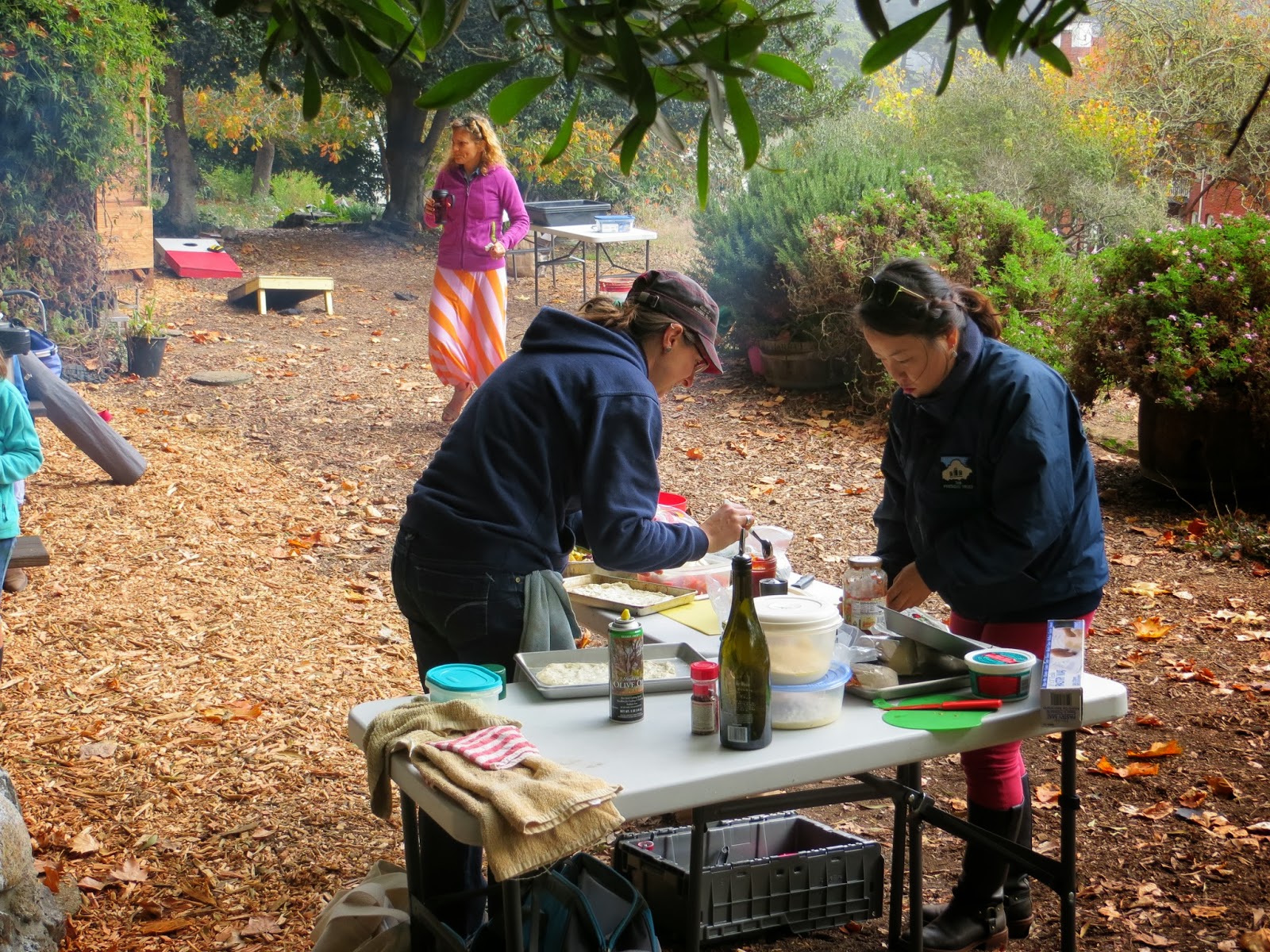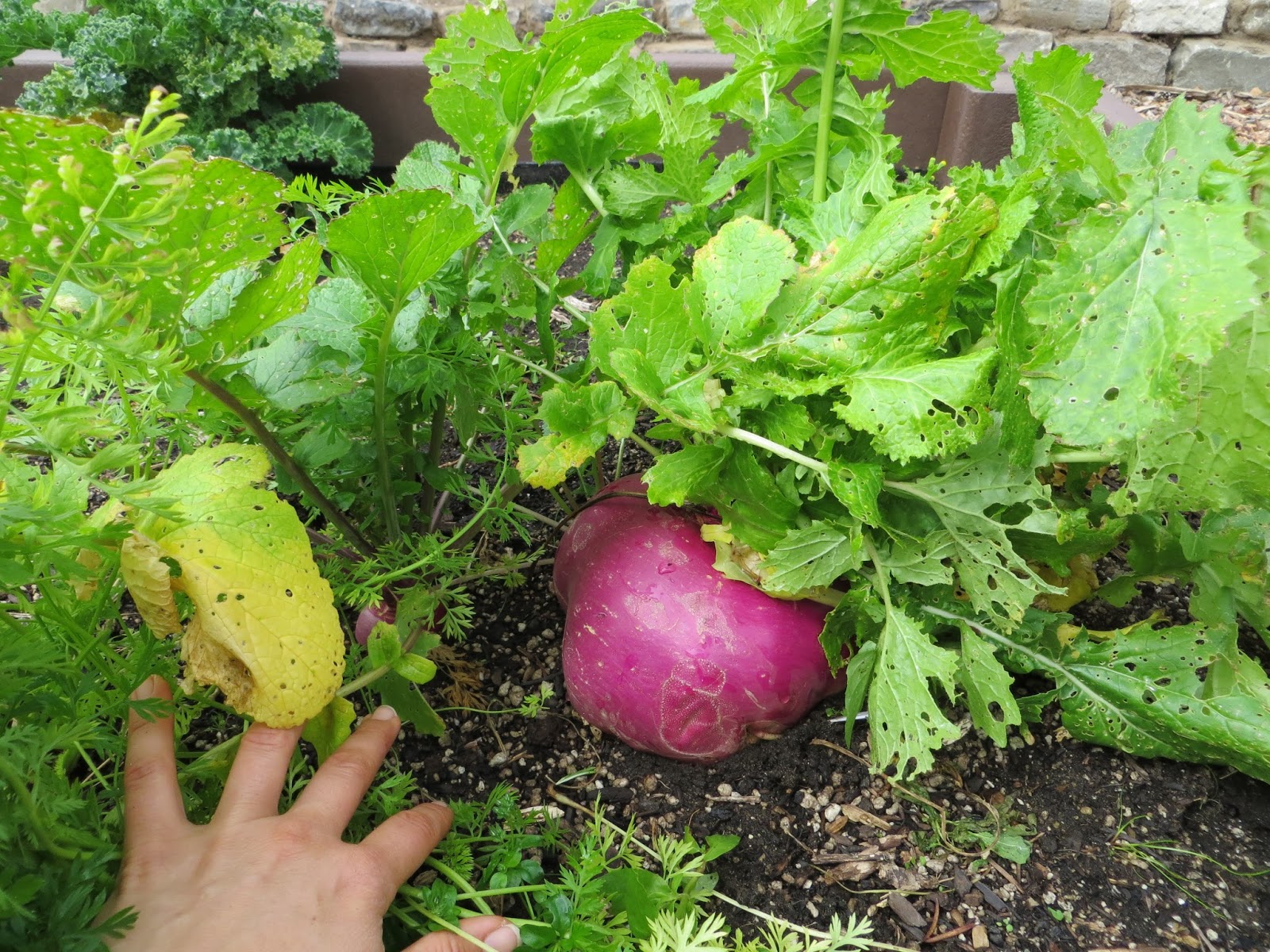Although it hasn't felt much like winter recently, we're now getting into prime planting season. Here are suggestions for what to plant for the next two months:
March
Artichoke,
roots
Asparagus,
roots
Fava
beans (seeds)
Scarlet
runner beans (seeds)
Beets
(seed, transplants)
Broccoli
(transplants)
Cabbage
(transplants)
Carrot (seeds)
Cauliflower (transplants)
Collards (seeds)
Kale (transplants)
Kohlrabi (transplants)
Leek
(seed, transplants)
Lettuce
(seed, transplants)
Mustard (seeds)
Onion
(seed, transplants)
Parsnip (seeds
in mid-March)
Pea (seeds)
Potato
(tubers)
Radish (seeds)
Spinach
(seed, transplants)
Squash,
summer (seeds in mid-March)
Swiss
Chard (seed, transplants)
Turnip (seeds)
April
Fava beans
(seeds)
Scarlet runner beans (seeds)
Beets (seed, transplants)
Broccoli (transplants)
Cabbage (transplants)
Carrot (seeds)
Cauliflower (transplants)
Collards (seeds)
Kale (transplants)
Kohlrabi (transplants)
Leek (seed, transplants)
Lettuce (seed, transplants)
Mustard (seeds)
Onion (seed, transplants)
Parsnip (seeds)
Pea (seeds)
Potato (tubers)
Radish (seeds)
Spinach (seed, transplants only first two weeks)
Squash, summer (seeds)
Squash, winter (seeds in mid-April)
Swiss Chard (seed, transplants)
Tomato (transplants)
Turnip (seeds)
Places to look for seeds and transplants:
Rainbow Grocery, Sloat Garden Centers, Green Jeans in Mill Valley, Three Bees on Clement, Bay Area Farmer's Markets, The Seed Bank in Petaluma
On-line
Peaceful Valley, Bountiful Gardens, Baker Creek Seeds
·
Saturday
& Sunday, 4/21-4/22
·
10am-3pm
·
Indian
Valley Organic Farm & Garden
·
1800
Ignacio Blvd., Novato
Join us at the Indian
Valley Organic Farm & Garden located at College of Marin’s beautiful Indian
Valley Campus in Novato for our Spring organic plant and produce sale. The
following mini-workshops will be held during the plant sale: Planting
the Main Season Garden taught by Farm Coordinator Amy Ridout on
April 20 and Flowers, Fruits, Herbs: Enjoying the Beauty and Bounty
of the Main Season Garden taught by Wendy Johnson on April 21.
Spring Garden Market Saturday,
April 13, 2013, 9 a.m. - 2 p.m. Our biggest plant sale is held in
early
spring at History San Jose in Kelly Park,
San
Jose. Plant sales start at 9 a.m. and the vendor fair and seminars
take place through the afternoon.
We offer hard-to-find heirloom tomato varieties and many different types of
chiles and peppers that we start from seed in January – along with other
interesting vegetable, herb and ornamental plants – tens of thousands of plants
all told. Dozens of vendors offer more plants for sale along with
gardening supplies of all sort, and throughout the day you can attend talks on
growing vegetables, preparing soils, waterwise plants, and more.
Master Gardeners at our Q&A table are on hand all day to answer any
of your gardening questions.
Title: Spring Plant Sale
Location:
Corner of Bay & High Streets, base of the UCSC
campus,
Santa CruzDescription: The biggest and best collection of
organically grown flower, herb and vegetable starts, perennials, grasses, and
other landscape plants available in the region. Friends of the Farm & Garden
receive 10% discount on plant purchases. For more information, contact
831.459-3240 or casfs@ucsc.edu.
http://casfs.ucsc.edu/community-outreach/calendar-of-events
Start Time:
10:00
Date: May 4 and 5 2013
End Time: 2:00












.JPG)


































